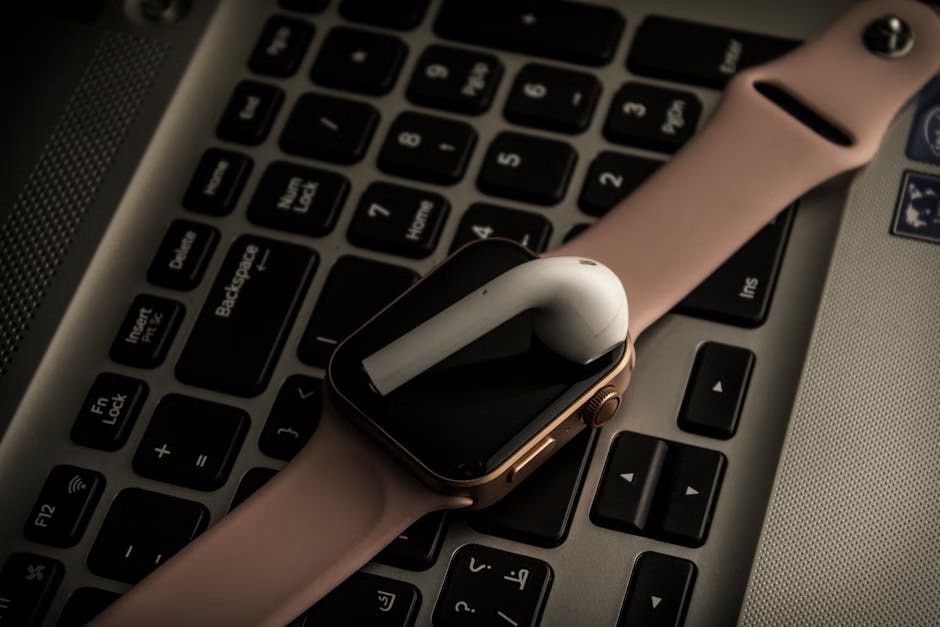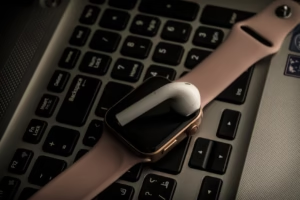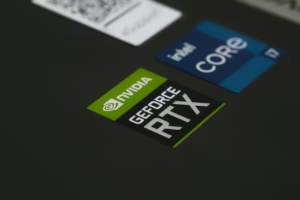Ultimate USB Cables: High-Speed Charging & Data Transfer 2025
Ah, USB cables. They’re everywhere, aren&t they? From charging our phones to connecting our external hard drives, these ubiquitous strands of wire are the unsung heroes (and sometimes, the silent villains) of our digital lives. As someone who&s spent over a decade navigating the intricate world of tech, from building custom PCs to wrestling with server racks in data centers, I&ve had my fair share of tangles – both literal and metaphorical – with every type of cable imaginable. Trust me, not all USB cables are created equal, and understanding their nuances can save you a lot of headache, time, and even money.
This isn&t just about plugging in; it&s about optimizing your workflow, ensuring your devices charge efficiently, and transferring data without a hitch. Whether you&re a casual user, a hardcore gamer, or deeply involved in web development, getting your cable game right is fundamental. Let&s untangle the mystery of USB cables once and for all.
What Exactly are USB cables and Why Do They Matter So Much?
USB cables are the standardized conduits for connecting electronic devices, primarily for power delivery and data transfer. The acronym USB stands for Universal Serial Bus, and its inception in the mid-1990s revolutionized how peripherals connected to computers. Before USB, you needed a different port and cable for almost every device – parallel for printers, serial for modems, PS/2 for keyboards and mice. USB consolidated all of that, offering a single, versatile interface.
They matter immensely because they dictate the efficiency and functionality of our devices. A poor-quality cable can lead to agonizingly slow charging, unreliable data transfers, or even prevent a device from working altogether. For tasks like backing up large files, syncing a camera, or powering a Raspberry Pi for a project, the right cable ensures smooth operation, while the wrong one can introduce frustrating bottlenecks or stability issues.
What Are the Different Types of USB cables I Should Know About?
The USB ecosystem features several connector types, each designed for specific applications and device sizes. While the core function remains the same, the physical connectors have evolved significantly. Here are the most common ones you&ll encounter:
- USB-A: The classic, rectangular connector found on most computers, chargers, and older peripherals. It&s the most recognizable and widely used host connector.
- USB-B: A square-shaped connector, often found on printers, scanners, and some external hard drives. Less common on modern consumer devices.
- USB Mini-B: A smaller, trapezoidal connector popular on older digital cameras, MP3 players, and some mobile phones before the micro-USB era.
- USB Micro-B: Even smaller and flatter than Mini-B, this was the standard for most Android smartphones, tablets, and many other portable devices for years before USB-C.
- USB-C (USB Type-C): The modern, reversible, oval-shaped connector that&s rapidly becoming the universal standard. It supports higher power delivery, faster data transfer speeds, and can carry video signals. You&ll find it on newer laptops, smartphones, tablets, and monitors.
- Thunderbolt (via USB-C): While technically a separate technology developed by Intel, Thunderbolt 3 and 4 use the USB-C physical connector. They offer even higher data transfer speeds (up to 40Gbps) and advanced capabilities like connecting multiple high-resolution displays or external GPUs. You can learn more about the technical specifications of USB at the USB Implementers Forum (USB-IF) website.
cables-guide.jpg” alt=”An assortment of USB cables for various devices, including USB-A, USB-C, and Micro-USB connectors” />
How Do USB cables Affect Charging and Data Transfer Speeds?
The speed and power capabilities of USB cables depend heavily on their internal wiring and the USB standard they adhere to. It’s not just about the connector type (like USB-C) but also the underlying USB version (like USB 3.2 or USB4).
- USB 2.0 (High Speed): Offers data transfer speeds up to 480 Mbps (megabits per second) and basic power delivery. Many older devices and cheap cables still use this standard.
- USB 3.x (SuperSpeed): This category includes USB 3.0, 3.1, and 3.2, which offer increasing speeds from 5 Gbps (Gigabits per second) to 20 Gbps. These are crucial for fast external drives and high-bandwidth peripherals.
- USB4: The latest standard, often leveraging the USB-C connector, offering speeds up to 40 Gbps. It&s designed for high-performance applications, similar to Thunderbolt.
- Power Delivery (PD): Modern USB-C cables, especially those supporting USB Power Delivery (USB-PD), can deliver significantly more power – up to 100W, and even 240W with the Extended Power Range (EPR) specification. This means you can charge laptops, monitors, and other power-hungry devices through a single USB-C cable. Always check for PD compatibility if you need fast charging for larger devices.
What Should I Look For When Buying Quality USB cables?
When purchasing USB cables, prioritize certification, appropriate length, and reputable brands to ensure optimal performance and longevity. Skimping on cables is a common mistake that can lead to frustrating performance issues or even damage devices.
- Certification: Look for the USB-IF certification logo, especially for USB-C and Power Delivery cables. This indicates the cable meets industry standards for safety and performance.
- Gauge: Thicker cables generally have lower resistance, which is better for power delivery, especially over longer distances. This is particularly important for charging cables.
- Length: While longer cables offer flexibility, excessively long cables (over 6-10 feet for data, or even shorter for high-power charging) can lead to signal degradation and slower charging.
- Brand Reputation: Stick with well-known brands like Anker, Belkin, UGREEN, or Amazon Basics. They often use better materials and adhere to stricter quality control.
- Specific Needs: If you need fast data transfer, ensure the cable supports the appropriate USB 3.x or USB4 standard. For charging laptops, make sure it’s a USB-C PD cable with the correct wattage rating.
Can Poor Quality USB cables Cause Problems for My Devices or Projects?
Absolutely, low-quality USB cables can cause a multitude of issues, from slow charging and data corruption to potential device damage. This is a critical point often overlooked. Imagine spending hours setting up a new server for your WordPress site, only to have it fail due to an unreliable power cable. Poorly constructed cables can have:
Shop Related Products on eBay
Find the best deals on these recommended products:
… (Content truncated for length) …
About the Author:
Poly Kaza is a seasoned technology journalist and wearable tech enthusiast with over a decade of experience reviewing and analyzing the latest innovations in smart devices. He has a deep understanding of the underlying technologies that power smartwatches and a passion for helping consumers make informed decisions about their digital companions. His work focuses on bridging the gap between complex technical specifications and practical user experience, with a keen eye on how wearables impact daily life and health.













5 comments